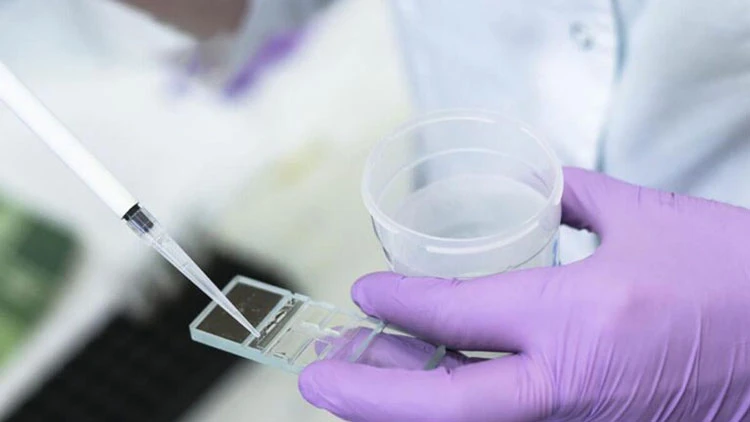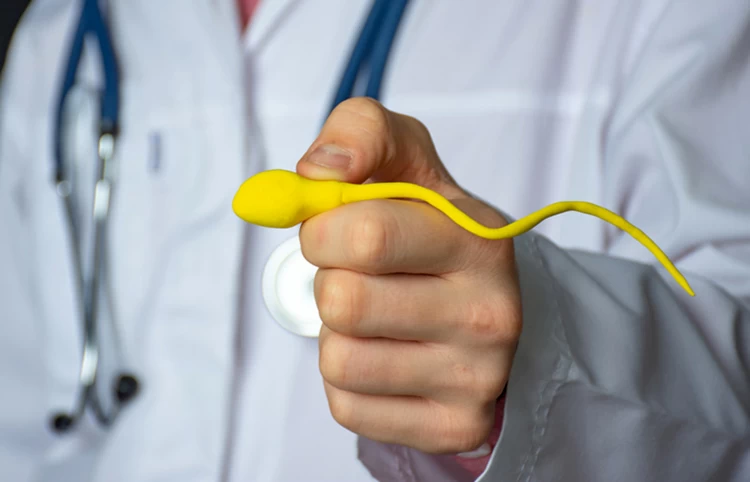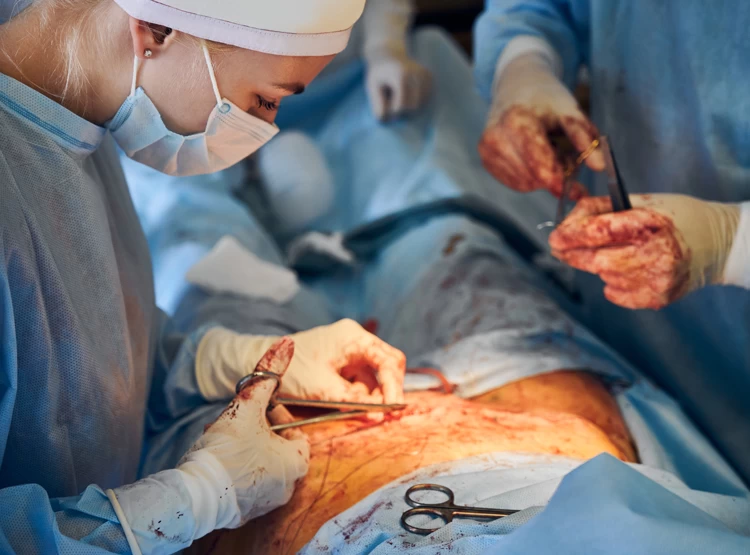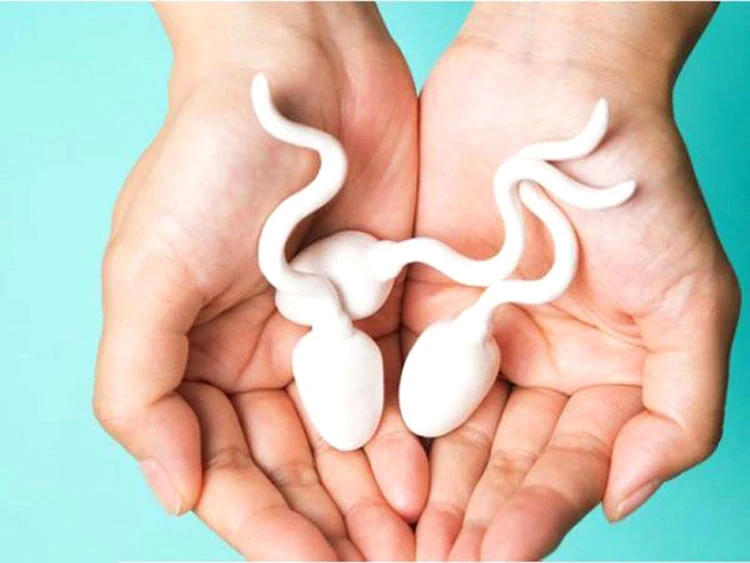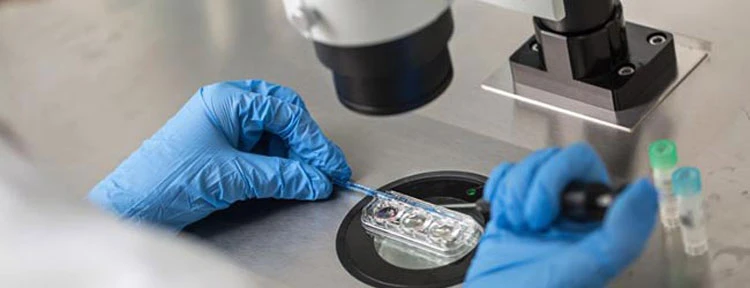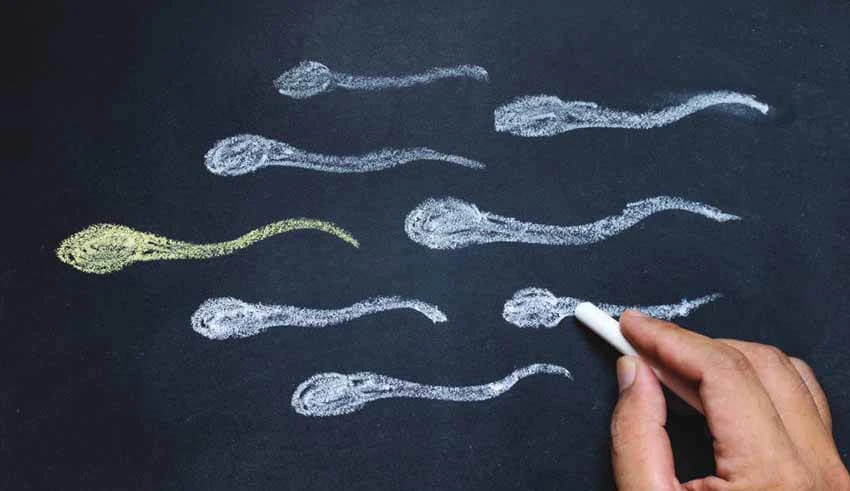Sperm freezing is suggested when there is a problem with the male reproductive tract, and it’s worsening. It is also used when the father should get chemotherapy in the future, is prone to testicular cancer or azoospermia, or has a chromosomal disorder. The sperm can be frozen for more than 20 years and can be used in ART at any time.
Sperms with abnormal shapes cannot penetrate and fertilize eggs. Poor sperm morphology can be cured by changing lifestyle quizzes, getting bad habits, taking medications, and having surgical treatments like varicocelectomy or testicular biopsy. Fortunately, men suffering from abnormal sperm morphology can still father a child by using assisted reproductive technologies like IVF and IUI.
Micro-TESE is a sperm aspiration technique with high accuracy and success rate. In this method, the surgeon identifies bunches of sperm in testicles with high-powered microscopes and extracts them using precise surgical tools. The retrieved sperms are either used directly in assisted reproductive techniques or frozen to be utilized later.
In a testicular biopsy, the doctor gets a sample from the testicle and retrieves sperm from it. The sperms are then examined in a laboratory, and the healthy ones are used in IVF. Four types of testicular biopsy are done for men with fertility problems: PESA, TESE, TESA, MESA.
Low sperm motility might occur due to genetics, damage to testicles, unhealthy habits, infection of the reproductive system, etc. This problem lowers the chance of natural conceiving as the sperm cannot reach the female reproductive tract and the egg. The treatment for low sperm motility depends on its cause, but improving lifestyle and treating underlying health issues can improve sperm quality or quantity.
Male infertility happens due to untreated varicocele, chronic infection of the reproductive system, hormonal imbalance, genetic issues, chromosomal abnormalities, previous surgeries and traumas, taking certain medications, and many more problems that affect sperm production and quality.
Having less than 15 million sperm per milliliter of semen is a low sperm count. Genetic problems, hormonal imbalance, infection, previous testicle surgeries, and other factors can lead to this problem. Low sperm count is associated with infertility, erectile dysfunction, low sex drive, etc., but it can be treated by changing lifestyle, improving diet, taking medication, and treating underlying medical issues.
Semen analysis evaluates semen’s PH level, concentration, volume, amount of fructose, and appearance. It also estimates sperm count, shape, size, and motility. The results of this test help diagnose the cause of male infertility and determine whether vasectomy was successful.
Genetics, hormonal imbalance, infection, certain medications, trauma, and other factors may cause azoospermia. This disease is diagnosed through blood tests, image scanning, biopsy, and physical examinations. Both obstructive and non-obstructive azoospermia can be treated through open surgery, varicocelectomy, sperm aspiration, taking hormonal medications, and treating infection.
In IVF with donor sperm, the specialist fertilizes the intended mother’s egg with the sperm of a donor who has high-quality sex cells and no genetic diseases. This method is usually used when the male partner has azoospermia, an inherited disorder, or a chromosomal abnormality. The success rate of IVF with donor sperm ranges between %60% to 80, while this number is lower in IUI with sperm donors.
